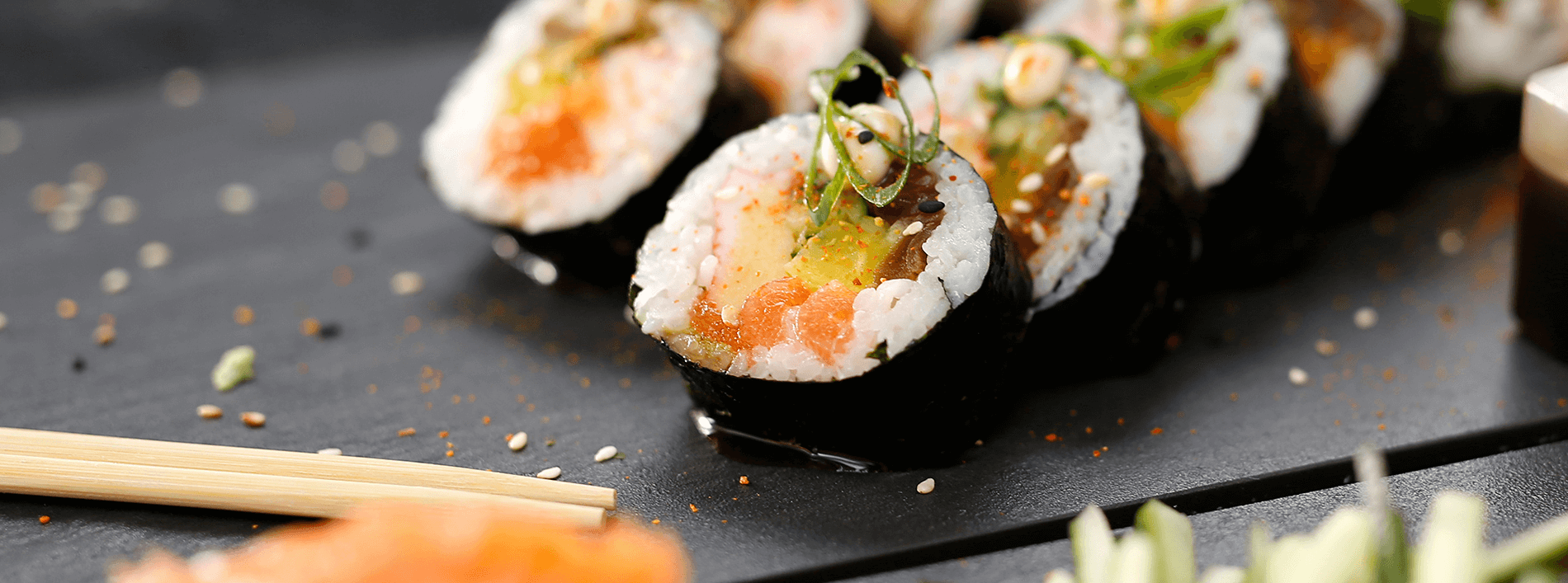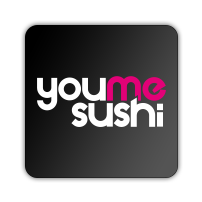Norway – it’s not exactly the first country that comes to mind when thinking of the world’s finest sushi. Take home a tray of the finest handmade sushi London has to offer and chances are Norway will be about as far from your thoughts as the Australian outback.
However, what few realise is the way in which the sushi we know and love today owes quite a lot to Norway – in some ways above and beyond the contributions of Japan.
Just four decades ago Japan was 100% self-sufficient when it came to the fish it caught, processed and ate domestically. 7 million tons of fish were used each and every year, which at the time was more than enough to keep everyone happy. However, by the time the 90s had rolled around things were looking rather bleak to say the least. Demand was outstripping supply in a big way, which can partly be due to the country’s growing taste for sushi and also due to the fact that they’d been overfishing the surrounding seas for years.
From 100% self-sufficient to producing no more than 50% of the country’s fish needs in just a few short years – something had to give.
As such, Japan set its sights on Norway as one of the world’s biggest producers of fresh salmon. At the time, the most commonly used fish in Japanese sushi were tuna and sea bream – salmon on the other hand didn’t get a look in. Very few people across Japan would knowingly eat raw salmon as the specimens available to them in the seas around Japan were considered too dangerous to consume.
It’s therefore less than surprising to learn that even though Norwegian salmon started making its way to Japan as early as 1980, it wasn’t until the fish crisis of the 90s that they first started using it raw as an ingredient for sushi. Once it began to take hold and its popularity grew, salmon exports increased by 250% in little over ten years to such an extent that Norwegian salmon became the single most common ingredient used in Japanese sushi, above and beyond all domestic fish and seafood.
It was the young and influential people of Japan that took to Norway’s salmon faster and with more enthusiasm than anyone else, which in turn led to the ingredient becoming not just fashionable, but a staple ingredient used in every single sushi bar and restaurant across the country. It was at this time that sushi first began making its way out to other nations, finding its feet in markets like the UK and the US and going on to be an astonishing success story.
And that’s precisely why when you head out for some handmade sushi in London, there’s a good chance it will feature predominantly salmon. What’s more, it’s also why you’ll have always looked at salmon sushi as if it’s something that was cooked-up quite deliberately in Japan in-line with tradition, when it is in fact Norway to which the credit must go.



